Chinese Cuisine
A vast and ancient culinary tradition emphasizing balance, texture, and complex flavor profiles.

Key Ingredients
Soy sauce, rice vinegar, sesame oil, ginger, garlic, scallions, rice, noodles, and a vast array of spices like Sichuan peppercorns, star anise, and five-spice powder are fundamental.
Key Practices
Core techniques include stir-frying in a wok to achieve " wok hei " (breath of the wok), steaming, braising, and roasting. Balancing the five flavors—sweet, sour, salty, bitter, and umami—is a central philosophical and culinary goal.
Historical Context
One of the world's oldest culinary traditions, shaped by imperial dynasties, diverse geography, and philosophy. Techniques like stir-frying were perfected partly due to fuel scarcity, requiring food to be cooked quickly in small pieces.
Regions & Causal Factors
Features eight major regional cuisines. Sichuan: Known for bold, pungent flavors, liberal use of garlic, chili peppers, and the unique numbing spice of the Sichuan peppercorn. Cantonese: Focuses on fresh ingredients, steaming, and mild, natural flavors. The vast and varied geography of China provides a huge diversity of ingredients.
French Cuisine
The benchmark for technique, precision, and the art of sauce-making.
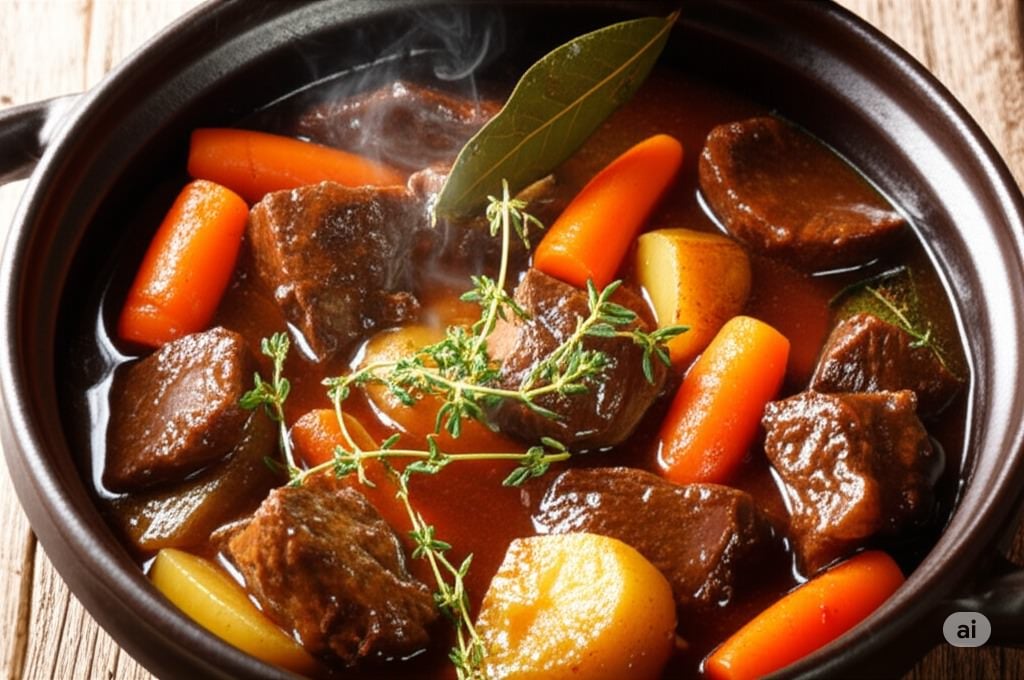
Key Ingredients
Butter, cream, wine, cheese, onions, garlic, shallots, and high-quality meats and produce are cornerstones. Herbs like thyme, rosemary, tarragon, and parsley are used extensively.
Key Practices
Technique is paramount. Foundational practices include braising, poaching, and patisserie, which you can learn more about in our cooking techniques guide . The development of the five "mother sauces" (Béchamel, Velouté, Espagnole, Hollandaise, and Tomate) by Auguste Escoffier forms the basis for countless dishes.
Historical Context
Evolved from opulent medieval banquets to the refined haute cuisine of the 17th and 18th centuries. The French Revolution dispersed chefs from aristocratic households into the public, leading to the birth of the modern restaurant. Its global influence is unparalleled in the culinary arts.
Regions & Causal Factors
Burgundy: Famous for coq au vin and beef bourguignon, using its world-renowned wines. Provence: Mediterranean climate yields dishes rich in olive oil, garlic, and herbs. Normandy: Coastal region known for apples (cider), cream, and Camembert cheese. The local geography (*terroir*) directly defines each region's food.
Indian Cuisine
Characterized by the masterful blending of spices and a rich tapestry of regional vegetarian and non-vegetarian dishes.
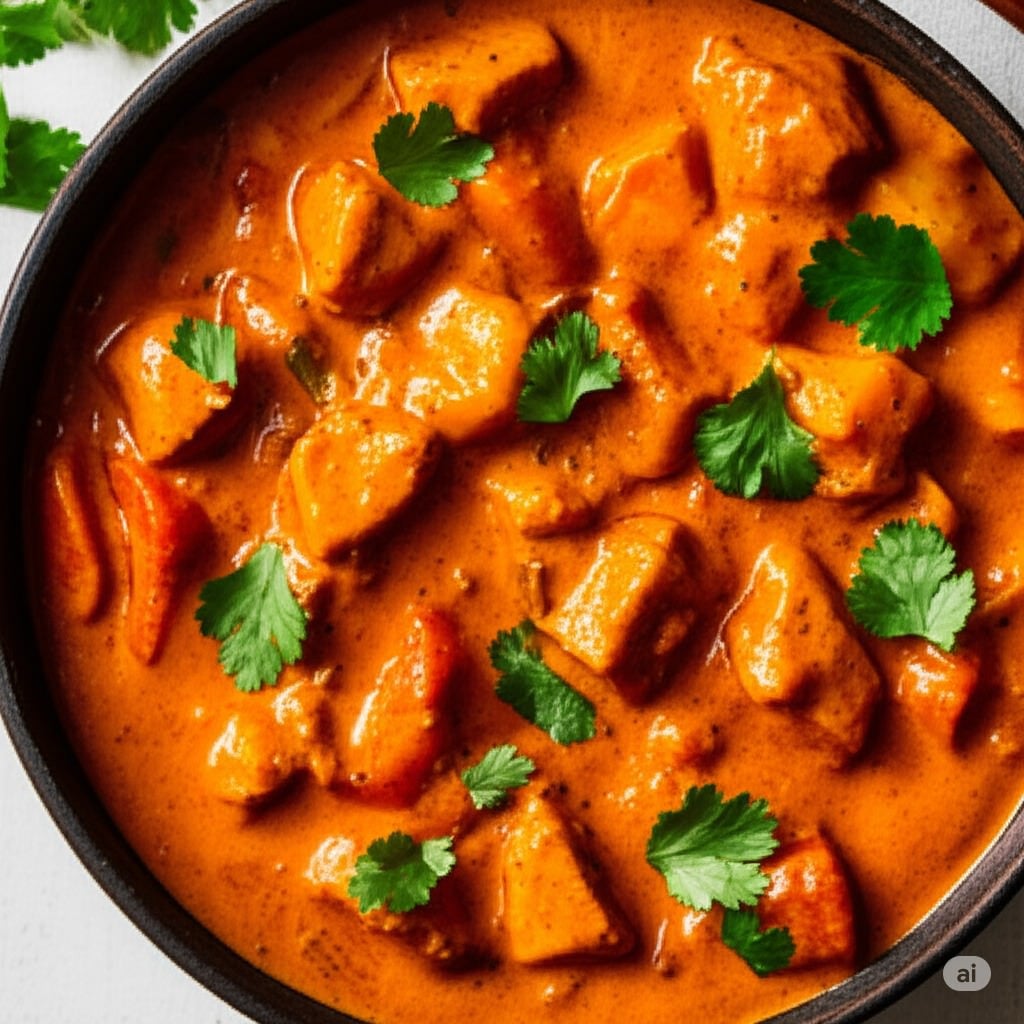
Key Ingredients
An array of spices is paramount: turmeric, cumin, coriander, cardamom, cloves, and spice blends ( masalas ). Lentils (dal), chickpeas, rice, wheat (for breads), ghee (clarified butter), and yogurt are also staples.
Key Practices
Complex spice blending is an art form. Key techniques include tempering spices in hot oil ( tadka ), slow-simmering curries, and cooking in a tandoor (clay oven). A large portion of the population practices vegetarianism, leading to one of the most diverse vegetarian cuisines in the world.
Historical Context
Shaped over millennia by religious beliefs (Hinduism, Islam), the Mughal Empire (which introduced kebabs and rich, creamy curries), and colonization. The ancient Indian system of medicine, Ayurveda , influenced the use of spices for health and balance.
Regions & Causal Factors
North: Known for wheat-based breads (naan, roti), tandoori cooking, and dairy-rich, creamy curries. South: Predominantly rice-based, with spicier flavor profiles and the use of coconut milk. The hot climate necessitated food preservation, making spices, with their antimicrobial properties, essential.
Italian Cuisine
A celebration of simplicity, quality ingredients, and regional diversity.
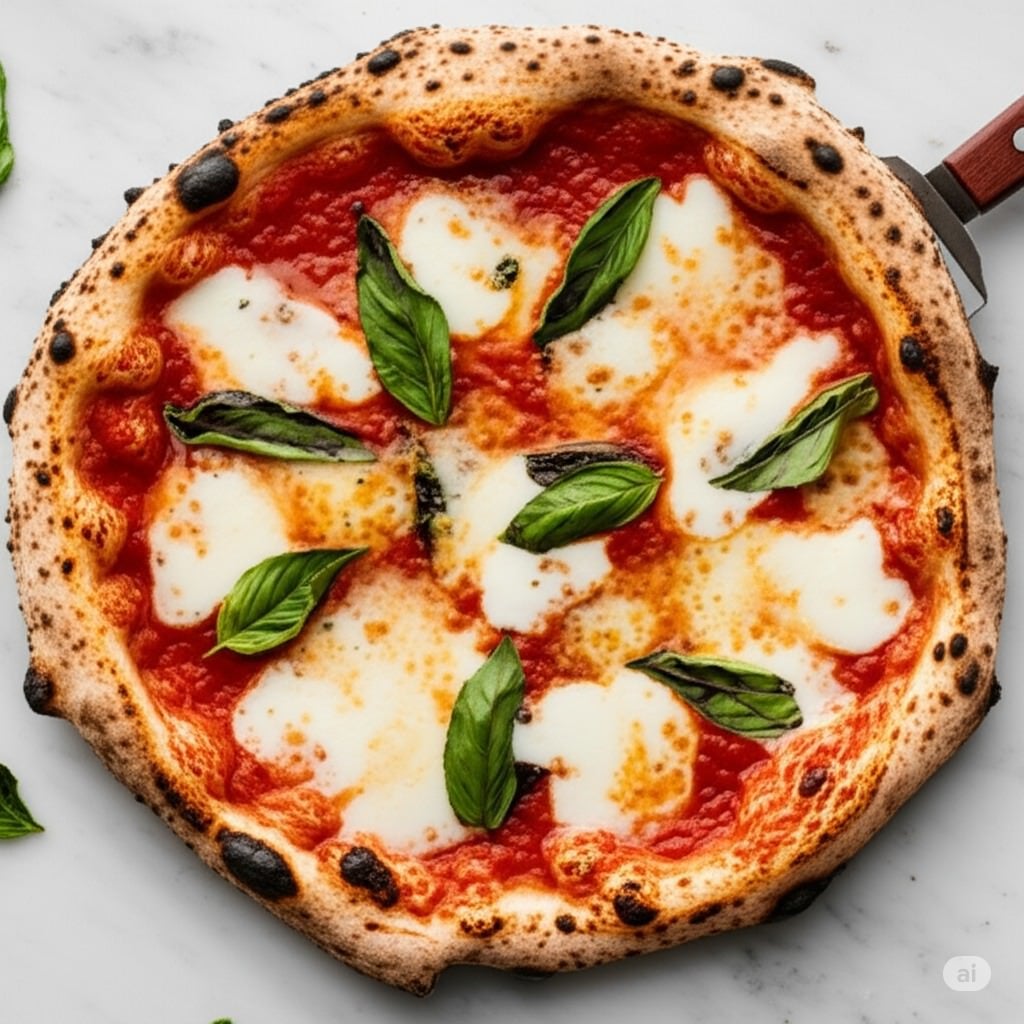
Key Ingredients
Olive oil, tomatoes, garlic, basil, parsley, oregano, Parmesan, mozzarella, pecorino cheese, pasta, wine, and seasonal vegetables form the heart of Italian cooking.
Key Practices
Emphasis on fresh, high-quality seasonal ingredients with minimal fuss. Techniques include slow-simmering sauces, curing meats (prosciutto), and mastering pasta and risotto. The concept of " cucina povera " (peasant cooking) highlights resourcefulness and flavor from simple ingredients.
Historical Context
With roots stretching back to Roman and Greek times, Italian cuisine was significantly shaped by the introduction of New World foods like tomatoes and potatoes. It remains highly regional, reflecting the country's historical division into various city-states and kingdoms.
Regions & Causal Factors
North: Richer dishes with butter, cream, polenta, and risotto due to a cooler climate suitable for dairy farming. Central: Known for beans, cured meats, and olive oil. South: The heart of "cucina povera," with iconic tomato-based sauces, olive oil, and durum wheat pasta, shaped by a warm climate and historical poverty.
Japanese Cuisine
An expression of seasonality, respect for nature, and minimalist elegance.

Key Ingredients
Short-grain rice, soy sauce, miso, dashi (seaweed and bonito broth), mirin, sake, seaweed (nori, kombu), and seasonal vegetables are central. Freshness is non-negotiable, especially for seafood.
Key Practices
Emphasis is on preserving and highlighting the natural flavor of ingredients. Techniques include grilling, steaming, simmering, and frying (tempura). The aesthetic presentation of food is as important as the taste. The concept of umami (the "fifth taste") was discovered here and is a key component of the flavor profile.
Historical Context
Developed over centuries with a strong influence from Zen Buddhism, which promoted vegetarianism and simplicity. The isolationist Edo period (1603-1868) allowed for the refinement of a unique culinary identity. In 2013, traditional Japanese cuisine, or Washoku , was recognized as a UNESCO Intangible Cultural Heritage.
Regions & Causal Factors
As an archipelago, Japan's cuisine is heavily influenced by the sea. Kanto (Tokyo region): Bolder flavors, prominent use of soy sauce. Kansai (Osaka/Kyoto): More delicate, lighter seasoning, known for its refined "kaiseki" multi-course meals. Preservation was crucial, leading to pickled vegetables (tsukemono) and fermented products like miso and natto.
Korean Cuisine
Defined by bold, pungent, and savory flavors, with fermentation as a cornerstone.

Key Ingredients
The foundational trio of fermented pastes— doenjang (soybean paste), ganjang (soy sauce), and especially gochujang (chili paste)—defines the cuisine. Garlic, sesame oil, ginger, and gochugaru (chili powder) are essential.
Key Practices
Fermentation is the most crucial technique, used to create kimchi , the national dish. The tradition of communal eating is central, with a meal composed of a main dish alongside a variety of shared side dishes called banchan . Grilling ( gogi-gui ), often done at the table, is another key practice.
Historical Context
Shaped by a rugged, mountainous landscape and cold winters, Korean cuisine developed a strong focus on preservation and fermentation to survive lean months. The introduction of chili peppers in the 16th century was revolutionary, leading to the creation of modern red kimchi .
Regions & Causal Factors
The peninsula's geography necessitates a reliance on preserved foods, making fermentation not just a technique, but a cultural institution. Traditionally, southern regions featured stronger, saltier fermented products due to the warmer climate, while northern flavors were milder.
Lebanese/Levantine Cuisine
Known for its fresh ingredients, mezze culture, and healthy, vibrant dishes.
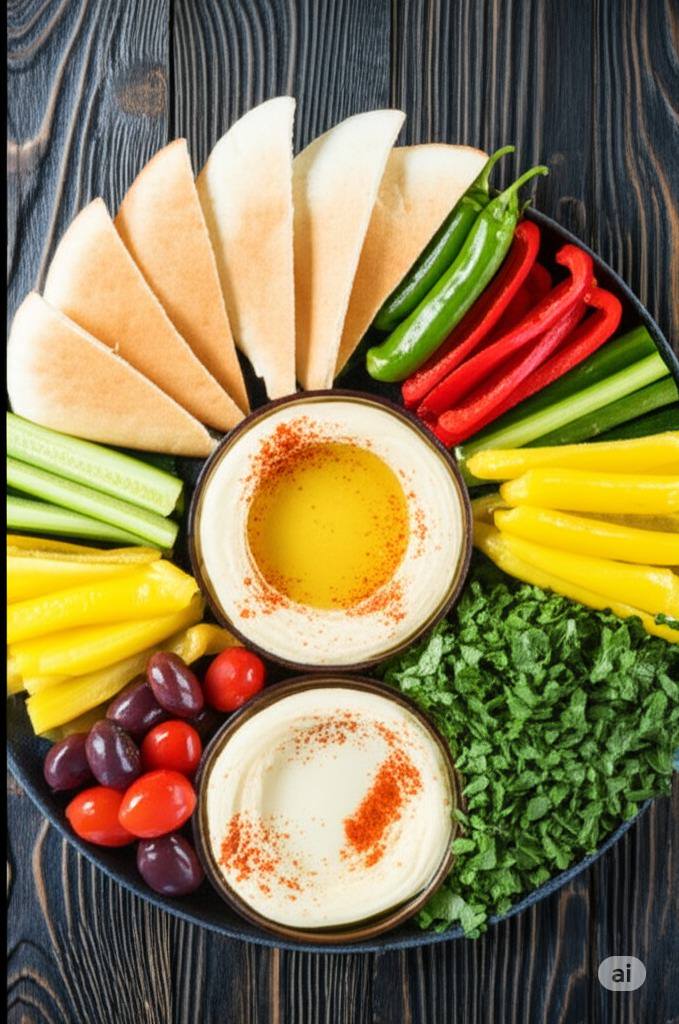
Key Ingredients
Olive oil, lemon juice, and garlic form the cuisine's "holy trinity." Chickpeas, parsley, mint, tomatoes, and sesame paste ( tahini ) are vital. Spices like sumac and za'atar provide unique, tangy flavors.
Key Practices
The culture of mezze —a spread of small hot and cold dishes like hummus, tabbouleh, and baba ghanoush—is the hallmark of Lebanese dining. Grilling meats ( kebabs ) is a primary cooking method. Many dishes are vegetarian, relying on legumes and fresh produce.
Historical Context
As part of the Levant, a crossroads of civilizations, the cuisine has been influenced by numerous cultures, including the Phoenicians, Romans, and most significantly, the Ottoman Turks, who introduced a variety of dishes. After the Ottomans, French influence brought pastries and certain culinary techniques.
Regions & Causal Factors
The cuisine is fairly consistent throughout Lebanon and the Levant region (which also includes Syria, Jordan, and Israel). Its location on the Mediterranean provides access to abundant seafood, fresh vegetables, and olive groves. The shared history under the Ottoman Empire created a largely unified culinary tradition across the Levant.
Mexican Cuisine
A vibrant and complex fusion of indigenous Mesoamerican traditions and Spanish influences.

Key Ingredients
The "holy trinity" of corn, beans, and chili peppers is foundational. Tomatoes, avocado, cilantro, lime, epazote, and chocolate are also central. Spanish influence introduced pork, beef, chicken, and cheese.
Key Practices
Techniques include grilling (carne asada), stewing, and creating complex sauces known as moles . A crucial practice is the ancient process of nixtamalization , where corn is soaked in an alkaline solution to unlock its nutritional value, which is then used to make masa for tortillas and tamales.
Historical Context
Recognized as a UNESCO Intangible Cultural Heritage , Mexican cuisine is a rich tapestry of indigenous (Aztec, Mayan) and Spanish culinary traditions. The Columbian Exchange brought European ingredients that were masterfully integrated into the existing food culture.
Regions & Causal Factors
Oaxaca: Famous for its seven distinct mole sauces. Yucatán: Features Mayan influences with dishes like cochinita pibil (slow-roasted pork), using achiote paste and citrus marinades. Baja California: Known for fresh seafood tacos. The domestication of maize was the agricultural backbone of Mesoamerican civilizations.
Spanish Cuisine
A diverse cuisine famous for tapas, paella, and cured meats, bridging European and Mediterranean flavors.
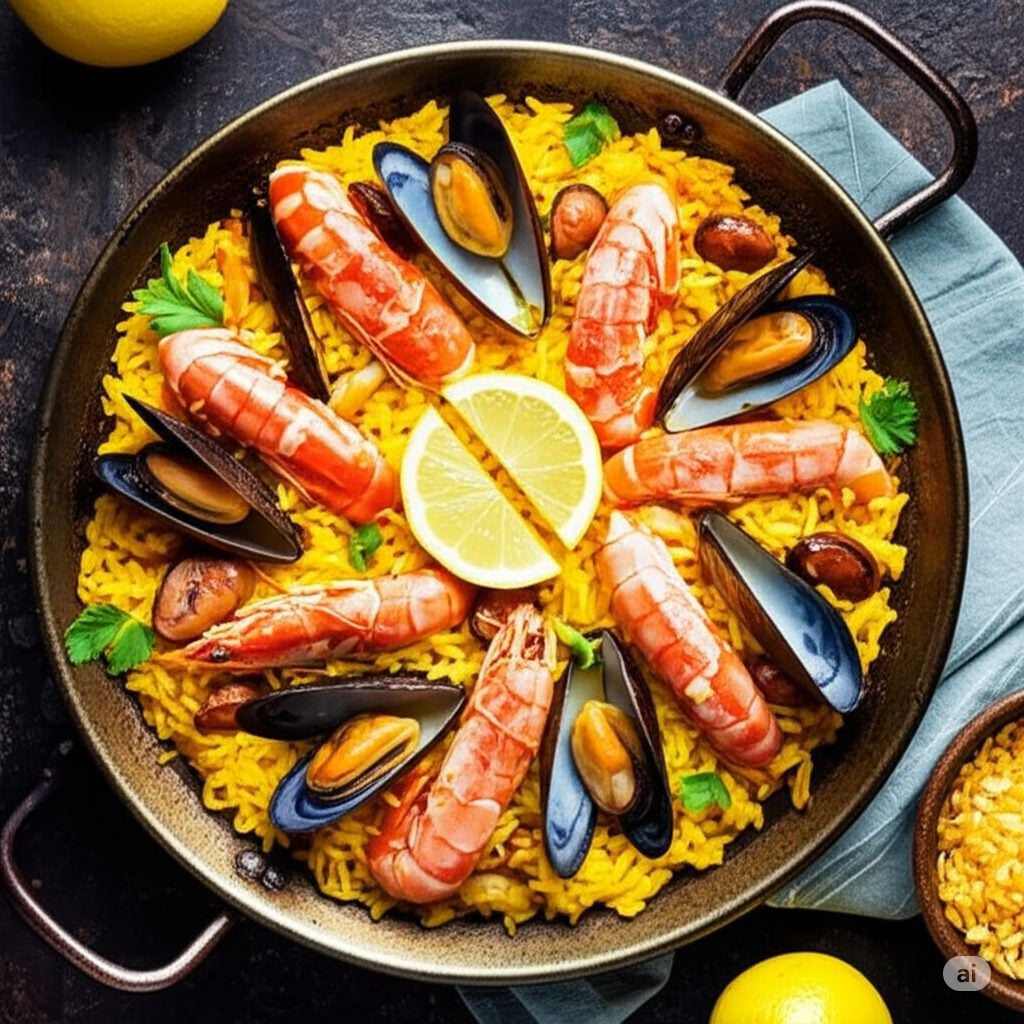
Key Ingredients
Olive oil, garlic, paprika (smoked and sweet), saffron, sherry vinegar, peppers, and tomatoes are foundational. High-quality pork products, especially jamón (cured ham), and a wide variety of seafood are central.
Key Practices
The culture of tapas , or small shared plates, encourages social dining. Key techniques include stewing, grilling ( a la plancha ), and the art of creating the perfect socarrat (the crispy toasted rice at the bottom of a paella pan). The use of sofrito (aromatic base) is fundamental.
Historical Context
The Romans introduced olive oil and wine. The Moors, who ruled for nearly 800 years, introduced rice, saffron, citrus, and almonds. The subsequent Age of Discovery brought tomatoes, potatoes, and peppers from the Americas, which were quickly adopted.
Regions & Causal Factors
Andalusia (South): Strong Moorish influence, origin of gazpacho. Catalonia (Northeast): Blends seafood and meat, known as mar i muntanya (sea and mountain). Basque Country (North): Famous for its pintxos (a form of tapas) and high-quality local seafood.
Thai Cuisine
A dynamic and intricate balance of sweet, sour, salty, spicy, and savory flavors.
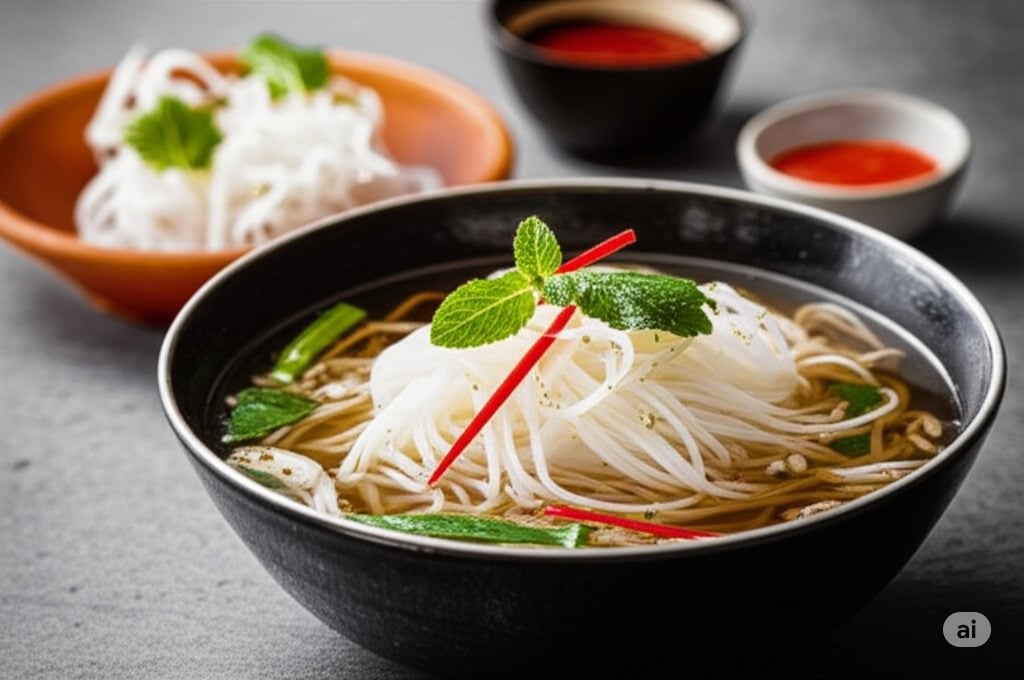
Key Ingredients
Lemongrass, galangal, kaffir lime leaves, fish sauce (nam pla), coconut milk, fresh chilies, cilantro, and Thai basil. Jasmine rice is the staple grain.
Key Practices
Stir-frying, steaming, and grilling are common. A key practice is creating complex curry pastes from scratch by pounding fresh ingredients in a mortar and pestle. The art of Thai cooking lies in balancing the five core flavors in every dish.
Historical Context
Thai cuisine has been influenced by its neighbors, particularly China and India, as well as early Portuguese traders who introduced the chili pepper. Despite these influences, it has developed a uniquely distinct character centered on aromatic ingredients and flavor balance.
Regions & Causal Factors
Central: Home to royal cuisine, with more refined, milder, and sweeter flavors (e.g., Green Curry). Northeast (Isan): Known for fiery salads and grilled meats. South: Features intense curries using coconut milk and fresh turmeric, reflecting a Malay influence. Its geography as a hub facilitated trade.
Vietnamese Cuisine
Known for its fresh, vibrant, and healthy profile, masterfully balancing herbs and broths.
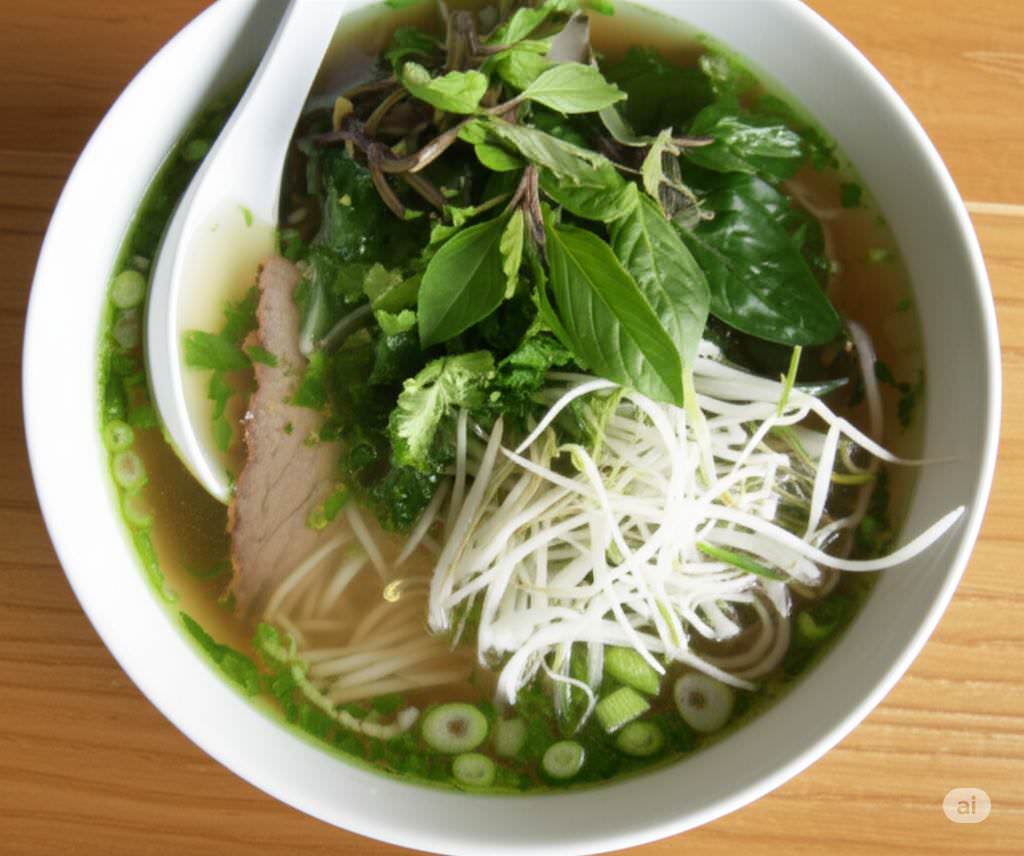
Key Ingredients
Fish sauce ( nước mắm ), rice (in the form of noodles, paper, and grains), fresh herbs (cilantro, mint, Thai basil), lemongrass, and chilies are ubiquitous.
Key Practices
The cuisine is defined by the principle of balancing five elements corresponding to five flavors. Techniques include simmering complex broths for noodle soups ( phở ), grilling, and wrapping ingredients in rice paper (fresh spring rolls). A plate of fresh herbs is almost always served alongside main dishes.
Historical Context
With a millennium of Chinese rule, Vietnamese cuisine adopted techniques like stir-frying. The most significant modern influence came from French colonization in the 19th century, which introduced the baguette (used for bánh mì ), coffee, and dairy products.
Regions & Causal Factors
North: The cradle of Vietnamese civilization, with older, more traditional flavors and less spice (e.g., the original phở ). Central: Known for spicier, more decorative dishes, reflecting its imperial history. South: Climate allows for more produce and herbs, leading to sweeter and more vibrant dishes, often with coconut milk.
American Cuisine
A melting pot of diverse culinary traditions, from soul food to barbecue, shaped by immigration and regional specialties.

Key Ingredients
Beef, pork, corn, potatoes, tomatoes, and wheat are foundational. Regional specialties include maple syrup, cranberries, pecans, and a wide variety of peppers. Cheese, particularly cheddar, and dairy products are prominent.
Key Practices
Barbecue and smoking techniques are quintessentially American, with regional variations in rubs and sauces. Frying (especially in the South), grilling, and baking are central. The concept of " comfort food " emphasizes hearty, satisfying dishes often served in generous portions.
Historical Context
American cuisine evolved from Native American ingredients combined with European colonial techniques, later enriched by waves of immigration from Africa, Asia, Latin America, and Europe. The industrial revolution and westward expansion shaped modern American food culture, including the development of fast food.
Regions & Causal Factors
South: Known for soul food, fried chicken, biscuits, and distinctive barbecue styles influenced by African culinary traditions. Southwest: Tex-Mex fusion with Mexican influences. Northeast: Seafood traditions and European influences. Midwest: Hearty casseroles and comfort foods reflecting agricultural abundance.
Further Culinary Exploration
Other significant global cuisines to discover.
Greek Cuisine
A cornerstone of the Mediterranean diet, focused on olive oil, feta cheese, yogurt, fresh vegetables, and grilled meats and seafood.
Peruvian Cuisine
A rising star celebrated for its fusion of Indigenous, Spanish, African, and Japanese influences, known for ceviche and its use of ají peppers.
Moroccan Cuisine
Represents North Africa with complex spice blends like Ras el Hanout , slow-cooked tagines , and the interplay of sweet and savory flavors.
Turkish Cuisine
A bridge between the Middle East and Europe, offering world-famous kebabs, rich mezes, and pastries like baklava .
Ethiopian Cuisine
Unique for its use of injera (a spongy, sour flatbread) as both plate and utensil, and its complex, spicy stews known as wats .
Argentinian Cuisine
The world's capital of grilling ( asado ), centered on high-quality beef and the iconic chimichurri sauce.
Brazilian Cuisine
A vibrant fusion of Portuguese, African, and indigenous influences, featuring feijoada , grilled meats, tropical fruits, and regional specialties.
Russian Cuisine
Hearty comfort food featuring borscht , beef stroganoff , blini , and preserved foods adapted to harsh winters and vast landscapes.
Jamaican Cuisine
Bold Caribbean flavors with jerk spicing, scotch bonnet peppers, tropical fruits, and influences from Africa, Britain, and indigenous Taíno.
Scandinavian Cuisine
Nordic simplicity emphasizing preserved fish, root vegetables, berries, and modern techniques in restaurants like Copenhagen's Noma.
Polish Cuisine
Comfort food featuring pierogi , kielbasa , bigos , and hearty stews reflecting Central European traditions and seasonal preservation.
Indonesian Cuisine
Southeast Asian archipelago flavors with rendang , nasi goreng , satay , and complex spice pastes reflecting Dutch, Chinese, and indigenous influences.